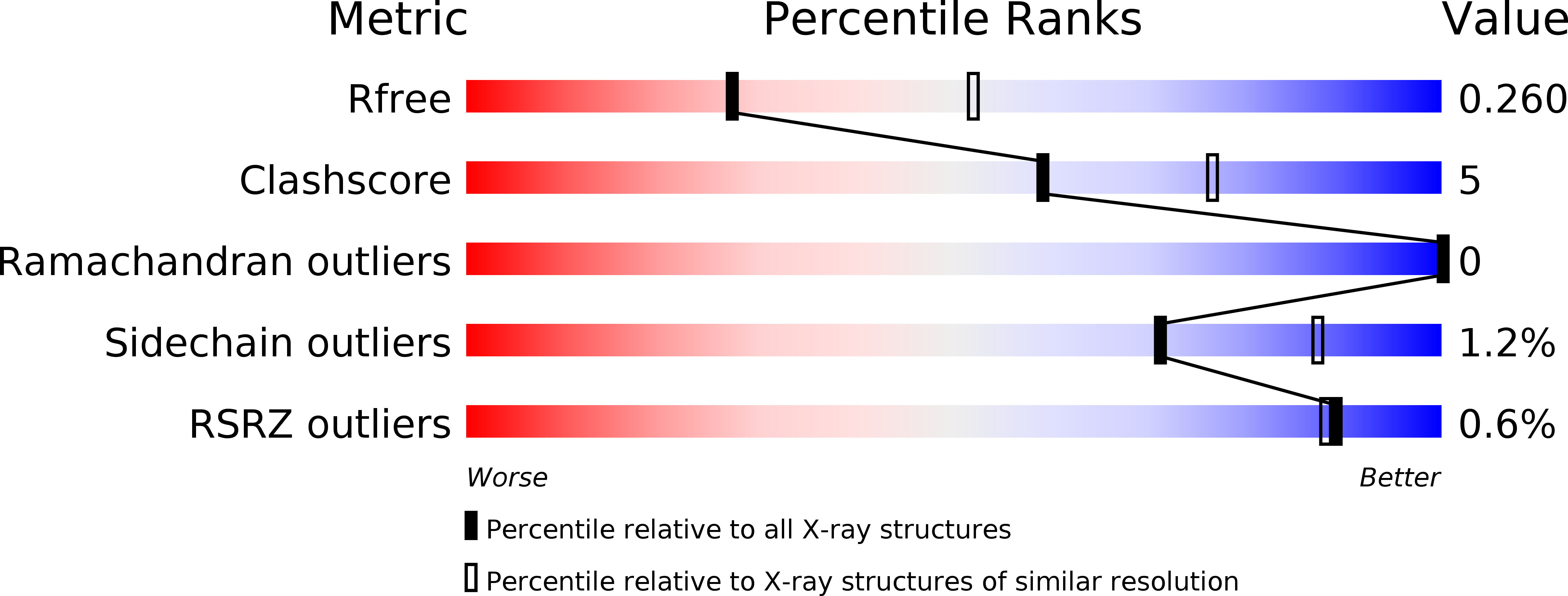
Deposition Date
2016-09-02
Release Date
2016-12-28
Last Version Date
2024-01-17
Entry Detail
PDB ID:
5T73
Keywords:
Title:
Crystal structure of S.aureus glyceraldehyde-3-phosphate-dehydrogenase (Gap) containing oxidized Cys151
Biological Source:
Source Organism:
Staphylococcus aureus (strain MRSA252) (Taxon ID: 282458)
Host Organism:
Method Details:
Experimental Method:
Resolution:
2.60 Å
R-Value Free:
0.26
R-Value Work:
0.19
R-Value Observed:
0.20
Space Group:
P 21 21 21


